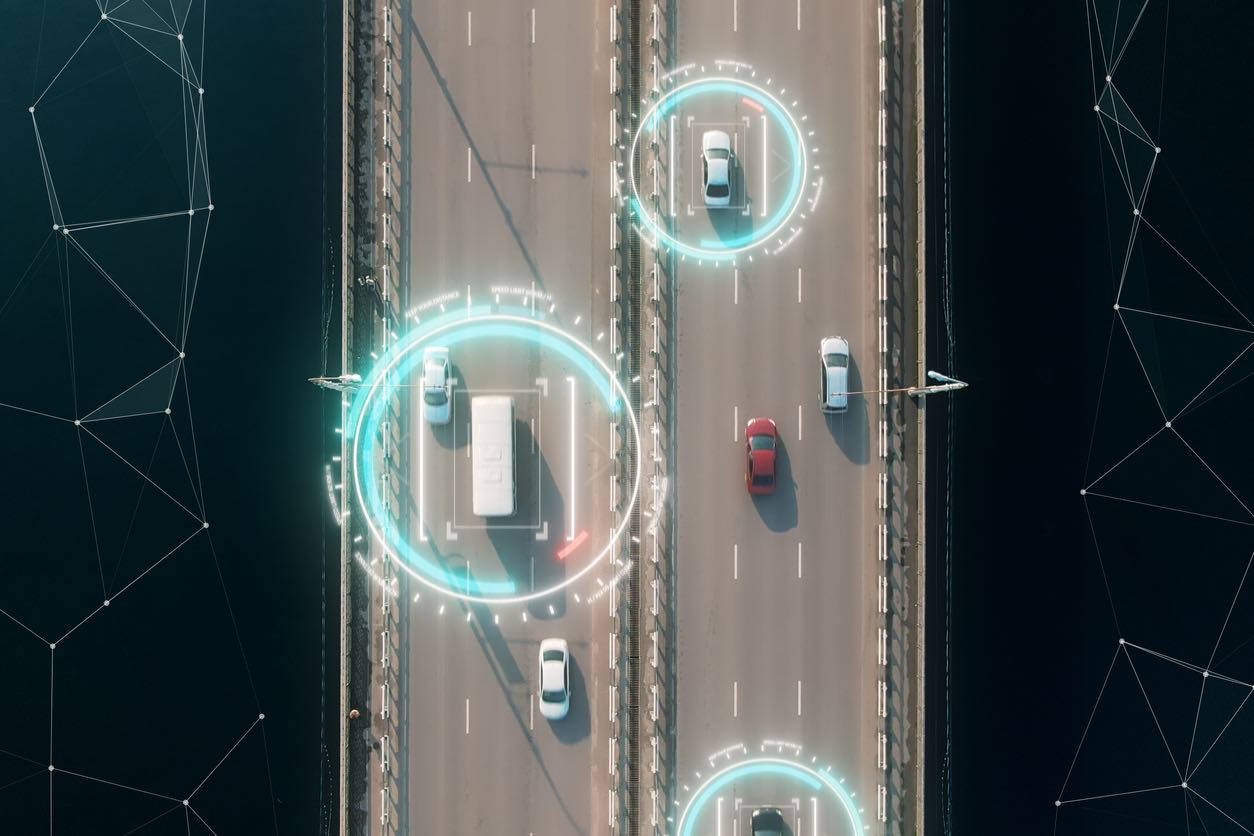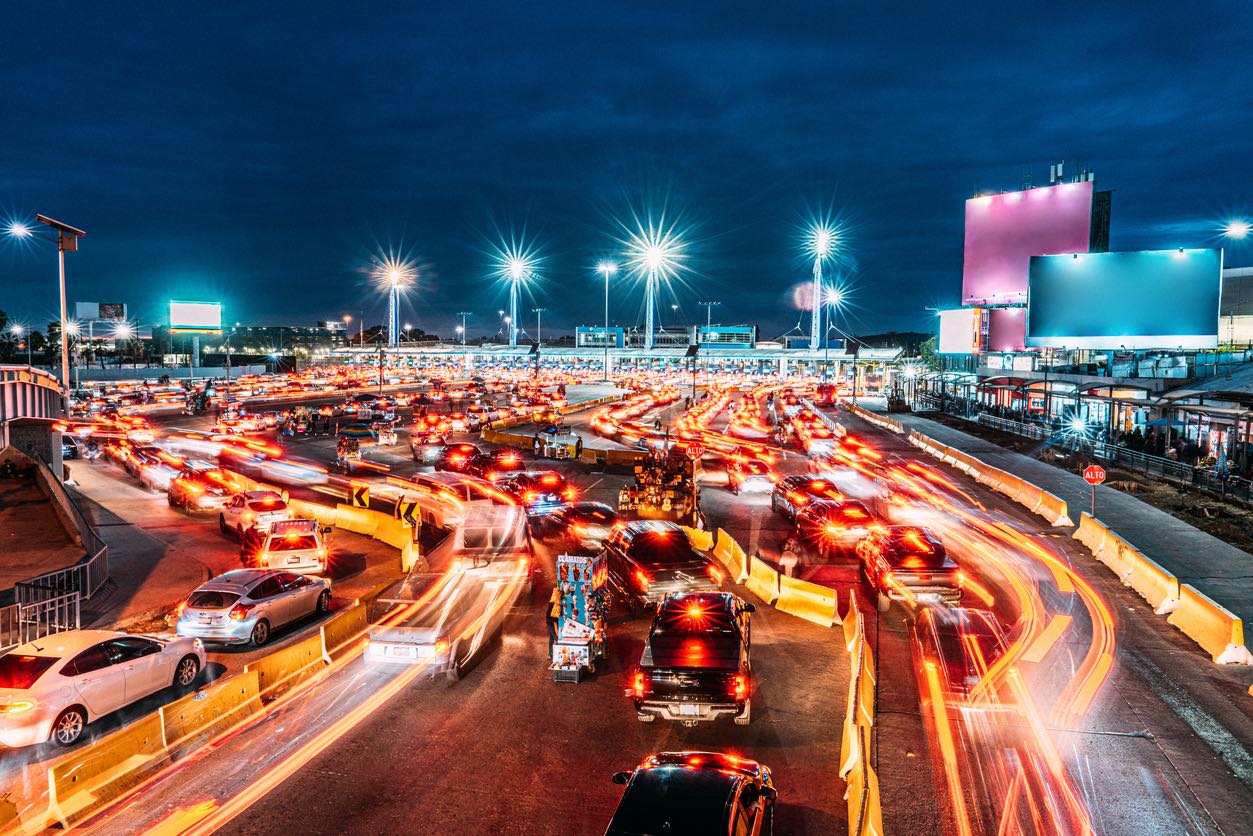The delivery of high-value commodities is one of the most difficult issues that companies must overcome in today’s complex, interconnected system of global trade. Every shipment, whether it’s a consignment of luxury products or basic necessities, sets off on a journey that is potentially riddled with obstacles. This remains the case regardless of the type of goods being shipped. The risks are quite high because of the unpredictability of the weather and the ever-present possibility of robbery, particularly in areas with a high rate of violent crime. However, in this age of digitization, technology emerges as the ray of hope, presenting solutions that not only reduce risks but also increase the effectiveness of operational procedures. Step into the realm of geofencing and real-time tracking, two innovative technologies that are redefining how organizations think about and manage transportation.
The persistent pursuit of safety, efficiency, and dependability has resulted in the digital transformation of the logistics sector, which is a monument to this quest. The requirement for stringent safety precautions grows more pressing when companies broaden their operations, moving their operations across national borders and into new markets. This shift is being driven in large part by geofencing, which has the capacity to construct virtual perimeters, and real-time tracking, which provides a bird’s-eye view of each shipment. These technologies are not only tools; rather, they are strategic assets that enable enterprises to successfully navigate the turbulent waters of global transportation with confidence and foresight. Sit back and continue reading as we unravel the intricacies of these innovations and their indelible impact on the world of shipping.
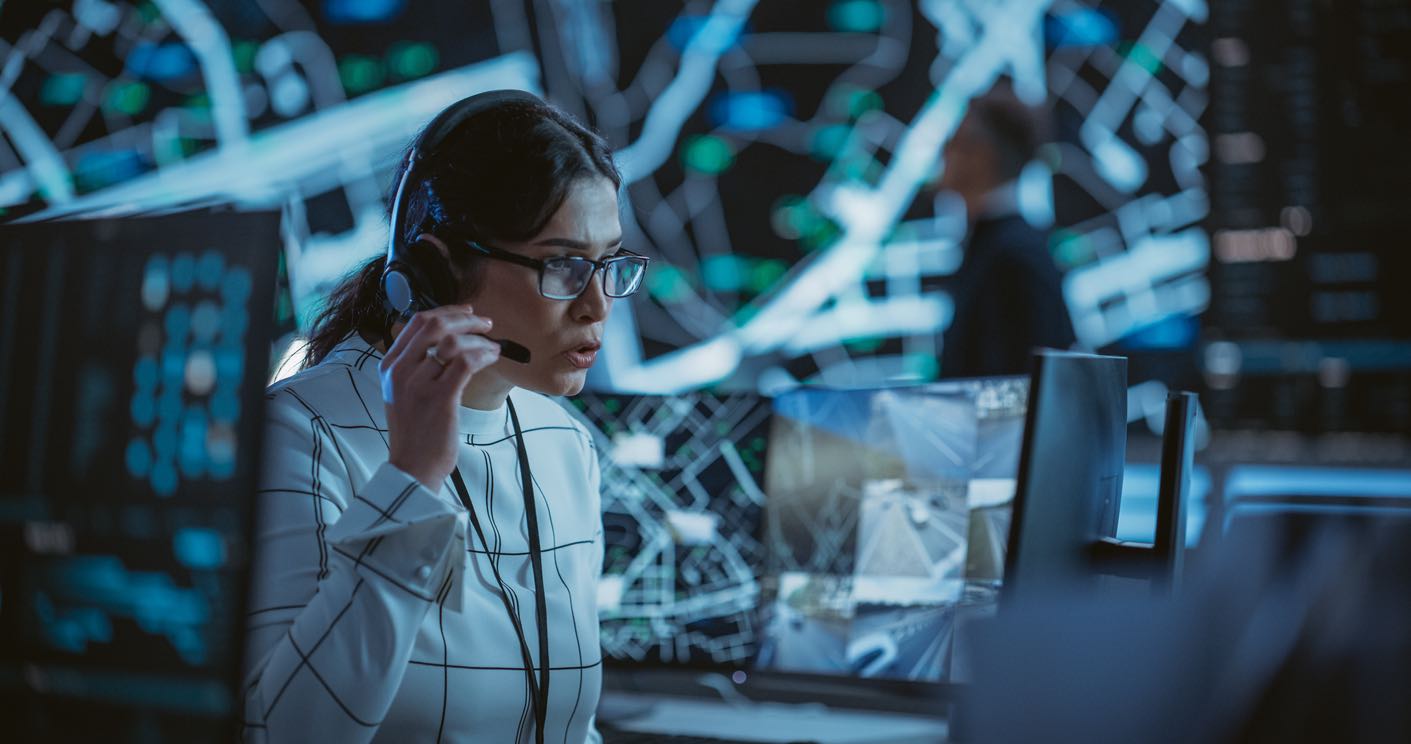
Rarely does a simple straight line connect two points in the movement of commodities. It’s a twisting journey full of possible traps, unforeseen difficulties, and unanticipated barriers. Shipping over-the-road is like to walking a tightrope, especially when it comes to high-value goods. Every action must be planned, every choice carefully considered, and every danger evaluated. Businesses face a variety of difficulties as they work to assure the timely and safe delivery of their goods, from the unpredictable nature of nature to the hidden hazards in high-crime areas.
The Hazards of Transportation: Shipping expensive products across the road presents several difficulties. Numerous variables, such as erratic weather patterns, heavy traffic, mechanical failures, and driver errors, can impair product quality and delay delivery schedules.
Navigating High-Crime Zones: Routes that cross through high-crime areas provide more dangers. The stakes are raised for everyone concerned when the possibility of product or truck theft is mixed with threats to drivers like abduction or truck-jacking. Particularly in the United States, exporters of commodities to Mexico face these difficulties head-on.
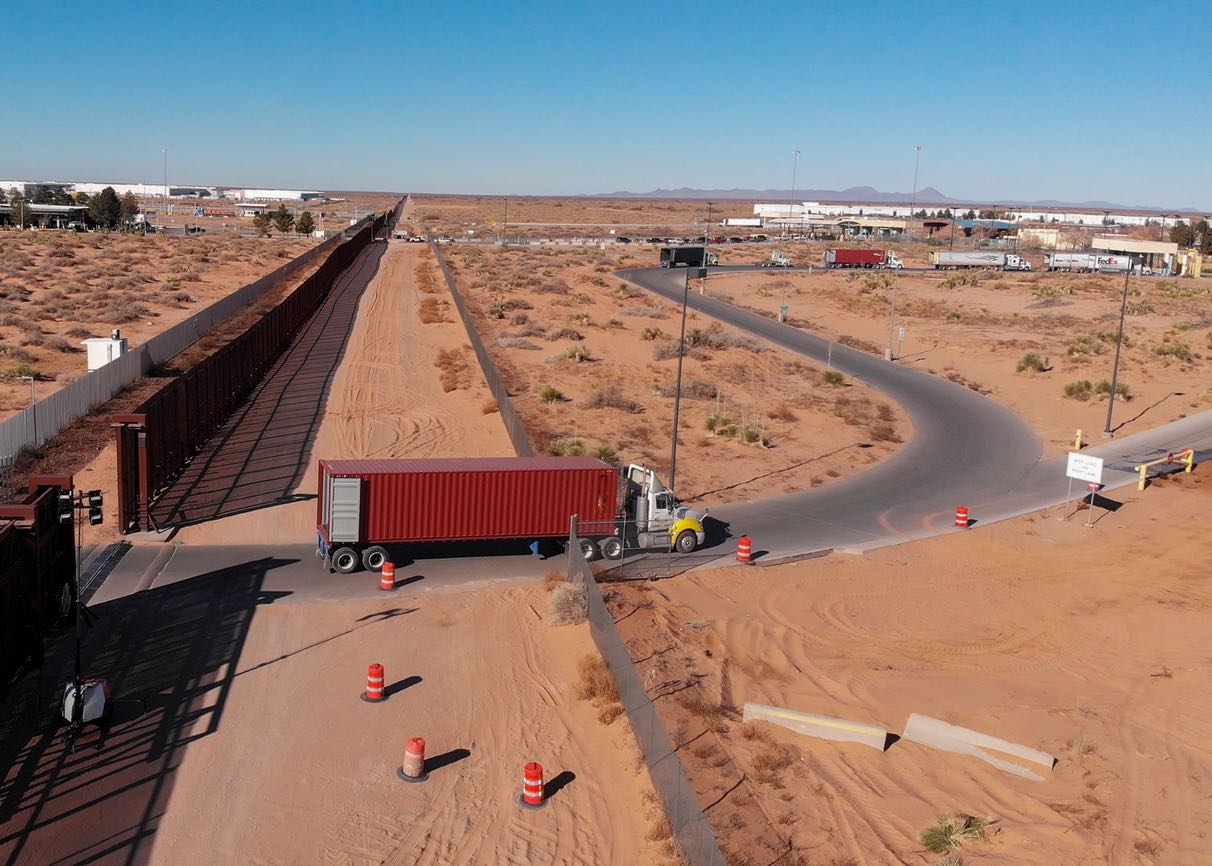
Advanced security measures are more important than ever in the quickly changing logistics scene of today. Traditional security measures frequently fall short when organizations struggle to move items across a variety of terrains and through unexpected conditions. Enter geofencing, a cutting-edge tool that acts as a digital watchdog, keeping stakeholders informed and shipments secure. Geofencing provides an unmatched degree of supervision and control by establishing virtual perimeters around defined locations, making it an essential tool for contemporary supply chain operations.
Understanding Geofencing: A geofence is an electronic perimeter created around a particular location. This virtual fence is built around high-risk areas by utilizing the worldwide mobile communication infrastructure. On the truck’s cargo trailer or refrigerated container are location tracking devices with SIM cards for cellular networks. Each device has a distinctive identification that enables near-real-time cloud-based tracking.
Operational Dynamics: Based on accurate coordinates, the program draws the geofence’s perimeter. An interactive live map may be used to keep track of this. When a shipping truck enters or exits this virtual boundary, the software can send alerts to relevant stakeholders, warning them of potential threats.

Certain commodities stand out in the enormous web of global trade not just for their high worth but also for the particular difficulties they face in transportation. One such product is cotton, which is frequently referred to as “white gold.” This seemingly innocent fluffy substance attracts criminal activity, mainly theft, when it is delivered from Texas to Mexico. The route, denoted by its high-risk areas, necessitates precise planning, cutting-edge tracking systems, and a thorough comprehension of the unique difficulties in the area. This section explores the intricate logistics of delivering cotton over this dangerous route, showing the worth of the product and the dangers involved in its delivery.
The Value of Cotton: Shipping cotton from Texas to Mexico exemplifies a situation ripe for theft. Cotton is a high-value commodity in the garment manufacturing supply chain, with full truckload prices ranging from $50,000 to $100,000.
The Crime Zone South of the Border: An area infamous for stealing is a crime hotspot located just south of the Texas-Mexico border. Cotton exporters in this area deal with a number of incidents each year. Without live monitoring and geofencing tools, companies run the danger of compromising their revenue and the safety of their carriers.
The safety of shipments is still of utmost importance in the ever-changing world of logistics and transportation. Strong security measures are more important than ever as companies struggle to move products across various terrains and through uncertain settings. Utilizing state-of-the-art technologies and implementing proactive measures may greatly reduce risks and ensure that items arrive at their destinations undamaged. The industry’s dedication to innovation is demonstrated by the combination of real-time tracking and geofencing, which gives stakeholders unmatched control and visibility over their shipments. We look into several game-changing procedures that are raising the bar for shipping security below.
Emergency Monitoring Configuration: Shippers in high-risk areas are advised to change the tracking device’s reporting period to every minute. This makes it easier to communicate with cell towers often, enabling stakeholders to get real-time position updates. If the truck doors are left open or there is evidence of illicit entry inside the cargo container, immediate notifications may be sent off.
Geofence Alerts: Stakeholders can get notifications when shipments enter or leave a hazard zone once an active geofence has been established around it. Teams receive instant alerts when their shipments are more likely to be stolen when these signals are integrated into quality control initiatives.
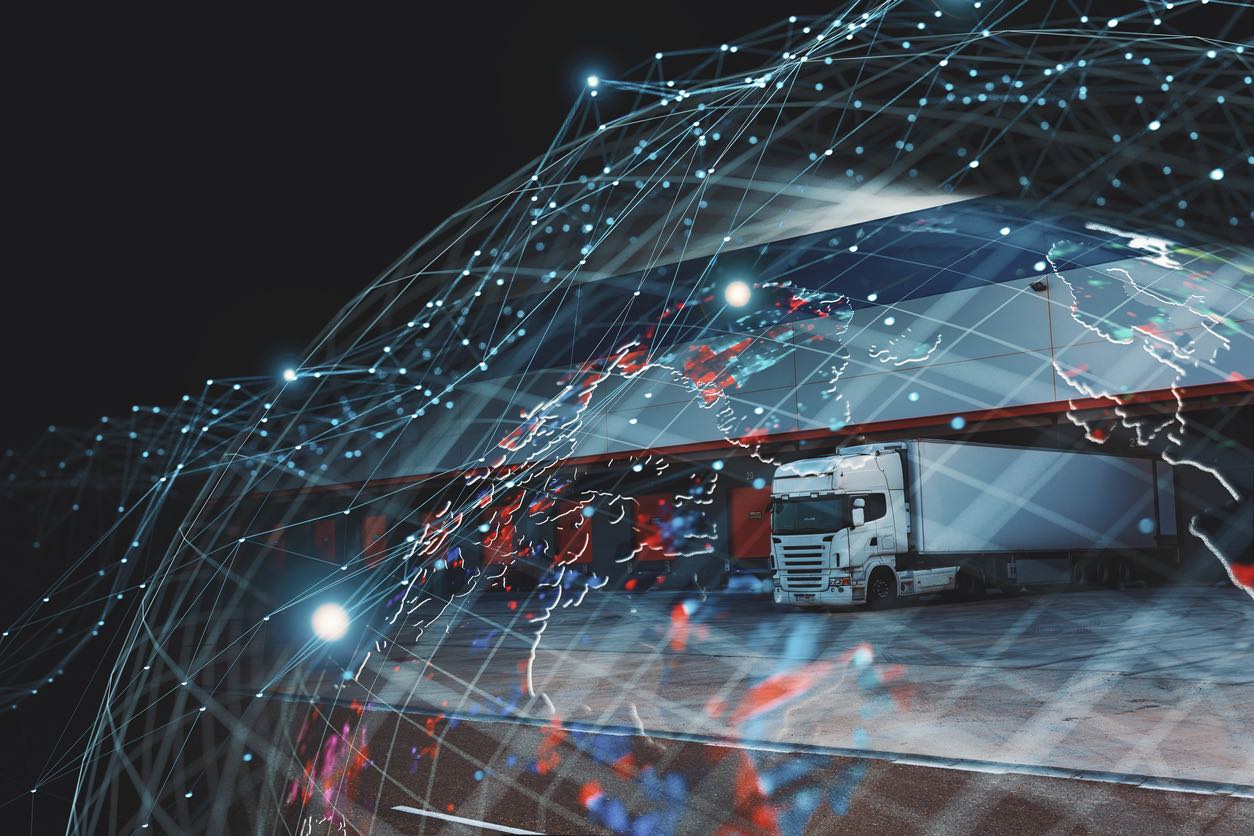
The transfer of commodities over great distances is more common than ever in today’s linked society. The security of shipments becomes crucial as companies work to satisfy the needs of a worldwide market. Not only do natural disasters and logistical delays offer hazards; theft and illegal access also present serious problems. However, due to the quick development of technology, solutions that not only thwart these risks but also streamline the process of shipping have evolved. Businesses may guarantee that their products get at their destinations securely and quickly by embracing these advancements.
Harnessing Technology for Security: Global supply chain stakeholders may address a variety of security issues by constructing geofences around dangerous zones and incorporating real-time tracking devices into shipping protocols. The combination of skilled supply chain services and cloud-based cargo software gives stakeholders the tools they need to improve shipment security, protect revenues, settle disputes, and maximize product quality.
Navigating the transportation sector is like navigating a minefield, especially when it comes to high-value items. Every path chosen and every choice made can have a significant impact on the security of the goods and the wellbeing of the individuals concerned. Despite being tried and true, conventional approaches frequently fail to meet the demands of the modern world. Enter real-time tracking and geofencing, two technical wonders that have the potential to completely alter the way we think about transportation. These are more than simply tools; they are paradigm-shifters that give companies protection from the numerous dangers that loom big in the logistics industry.
However, using technology to its maximum extent requires more than simply adoption. Real-time data, actionable insights, and a degree of control previously thought to be unachievable are what give geofencing and real-time monitoring their actual power. By incorporating these technologies, businesses are not only responding to problems; they are also predicting, planning for, and, in many cases, avoiding them entirely. Staying current with technology developments is not only a strategy in this quickly expanding digital world; it is a need. And for companies concerned with the highest level of protection for their high-value shipments, these advances provide a ray of hope, lighting a road full of potential, effectiveness, and unmatched security.

It might be hard to navigate the large sea of available transportation options. In the middle of the confusion, Ship A Car, Inc. shines as a model of reliability and quality. They are regarded as the best vehicle and freight shipping company in the country and have constantly outperformed rivals in terms of dependability and service. Their outstanding credentials, which are supported by DOT and FMSCA licenses, demonstrate a steadfast dedication to operational excellence and legal compliance. Whether you’re shipping a classic automobile or a large consignment of freight, SAC assures that each item is handled with the utmost care, ensuring its safe and prompt delivery.
What sets Ship A Car apart from its competitors in the congested market? It’s their unwavering commitment to keeping and even exceeding governmental requirements. This freight transportation company advocates openness, thoroughness, and honesty in a field where taking corners is alluring. Clients may rest easy knowing that a qualified crew that is certified, insured, and skilled is looking after their priceless goods. Their outstanding reputation is a result of their constant track record of providing greatness, not simply effective marketing. A tour via their internet platform, www.shipacarinc.com, provides a comprehensive glimpse of their dedication to shipping dominance and allows you to explore further into their ethos, services, and client testimonials.
Q: What is geofencing and how can it enhance shipment security? A: Geofencing is a technology that creates a virtual boundary around a specific geographical area. When a shipping truck enters or exits this boundary, alerts can be sent to stakeholders. This technology is instrumental in monitoring shipments in real-time, especially when traversing high-risk zones.
Q: How does real-time tracking contribute to theft prevention? A: Real-time tracking allows stakeholders to monitor the exact location of their shipments. In scenarios where theft is a concern, such as routes passing through crime-prone areas, this technology can provide live location updates, ensuring swift responses to any anomalies or threats.
